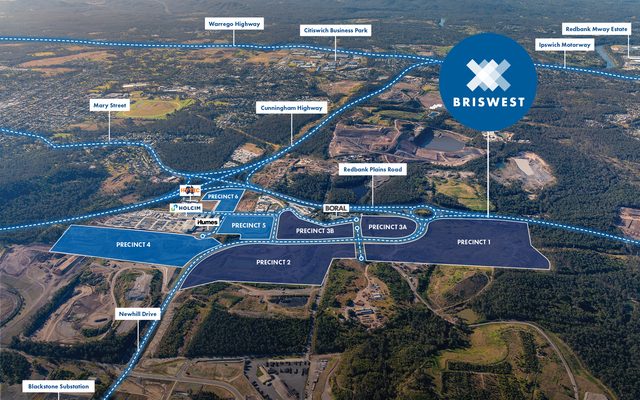This article is from the Australian Property Journal archive
AUSTRALIA’S industrial market has recorded its first negative quarterly reading for effective rents since March of 2021, as incentives increased around the country and e-commerce demand normalised following its pandemic-era boom.
JLL’s research figures for the September quarter showed face rental growth slowed to 0.9% quarter-on-quarter, while annual growth remains very strong, up 12.5% year-on-year.
However, effective rents fell nationally by 1.8% as developers and landlords compete for tenants and incentives increased in most markets. Effective rents peaked in late 2023 in most locations, and have corrected by 4.0% in Sydney Outer Central West, 4.4% in Brisbane Southern and 6.9% in Melbourne West over the first nine months of 2024.
Key markets along the eastern seaboard recorded mixed net face rental growth. Solid gains in were seen in Sydney’s Inner West (up by 1.1% quarter-on-quarter) and Outer South West (by 1.7%) and Brisbane Southern (1.6%), with minimal growth elsewhere on the east coast..
Nationally, prime and secondary face rental growth was recorded in 15 and 13 out of the 22 tracked precincts for the quarter.
Adelaide was a “notable outlier” this quarter. Incentives in the Adelaide market range from 0% to 20% depending on precinct and stabilised in the September following uplifts in some precincts earlier in the year. Low availabilities and a “disciplined approach to supply” pushed strong quarterly rental increases in nearly all precincts, ranging from a 3.8% quarter-on-quarter increase in the North West and 6.2% in the Outer South.
Assets under construction and due to complete by the end of 2025 are already 77% pre-committed.
Occupier demand nationally continues to rebound, as gross take up increased again in the three-month period to 845,500 sqm, higher than both the first and second quarter totals this year, and the 10-year quarterly average of 760,310 sqm.
JLL recorded 71 occupier moves in the quarter, which is also the highest reading for this year.
JLL’s head of logistics and industrial – Australia, Peter Blade, said the logistics occupier market has “changed substantially” over the course of this year.
“3PL companies are waiting to secure a particular contract before they commit to new facilities. Additionally, many are still rightsizing distribution networks down from elevated levels maintained over the last four years, in line with e-commerce demand normalising,” he said.
“Holding costs are likely to impact developers in markets where land values and land tax rates have increased substantially, and land tax bills have more than doubled. We expect this to increase the probability of developers pushing the go button for serviced sites with development approval, moving to construction phase without a pre-commitment.”
For these developers, success with this strategy will require getting asset size right to meet demand, Blade said.
While e-commerce demand is normalising, NAB’s online retail sales index showed Australia’s online penetration rate increased again, to 13.5% in July from the trough recorded at 12.9% in 2022.
“The world of online shopping is still growing as consumers have made it part of their daily lives and this bodes well for the long-term resilience of logistics occupier demand,” said JLL’s head of strategic research – Australia, Annabel McFarlane.
Notable right sizing activity from large transport logistics occupiers supported robust demand for existing space in the September quarter, accounting for 64% of all take up volumes. These groups have absorbed some large tranches of sublease space in the Melbourne and Brisbane markets.




